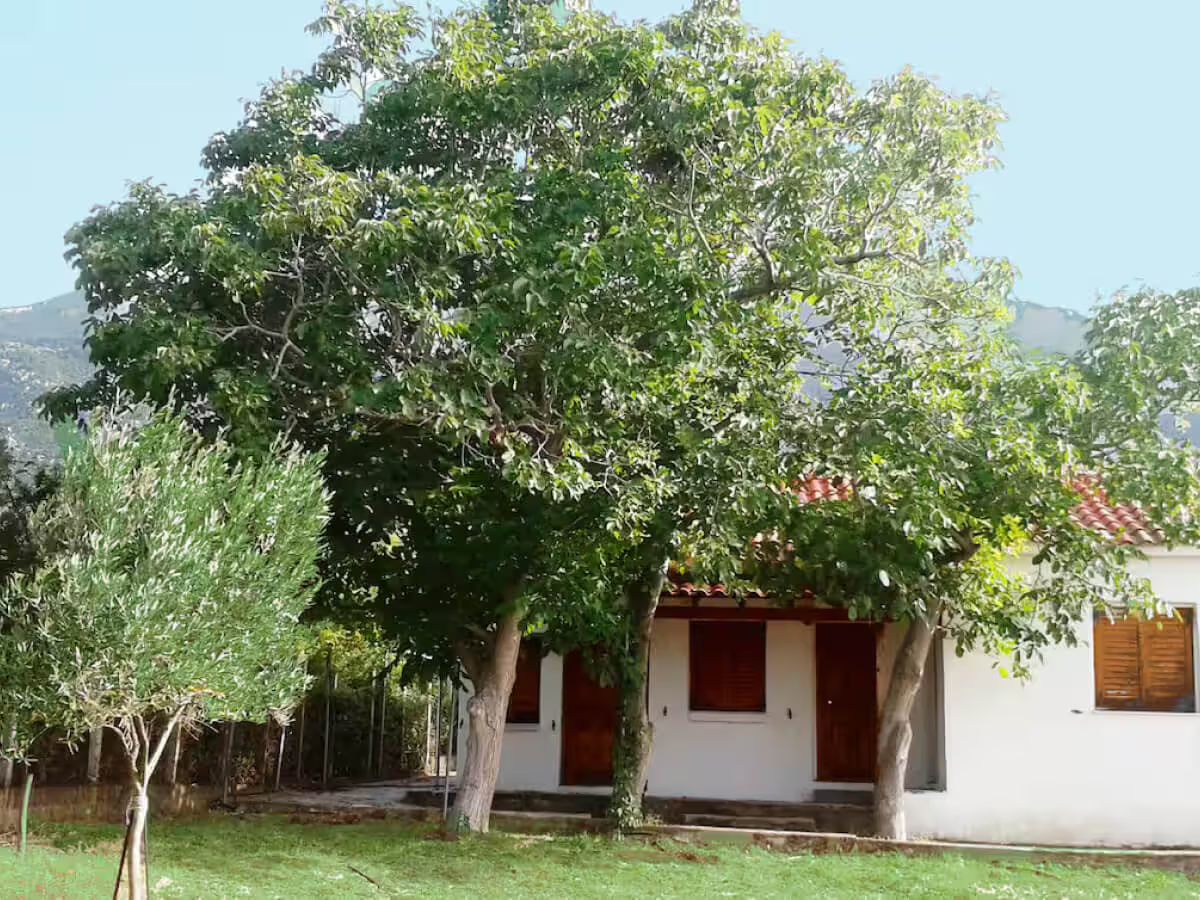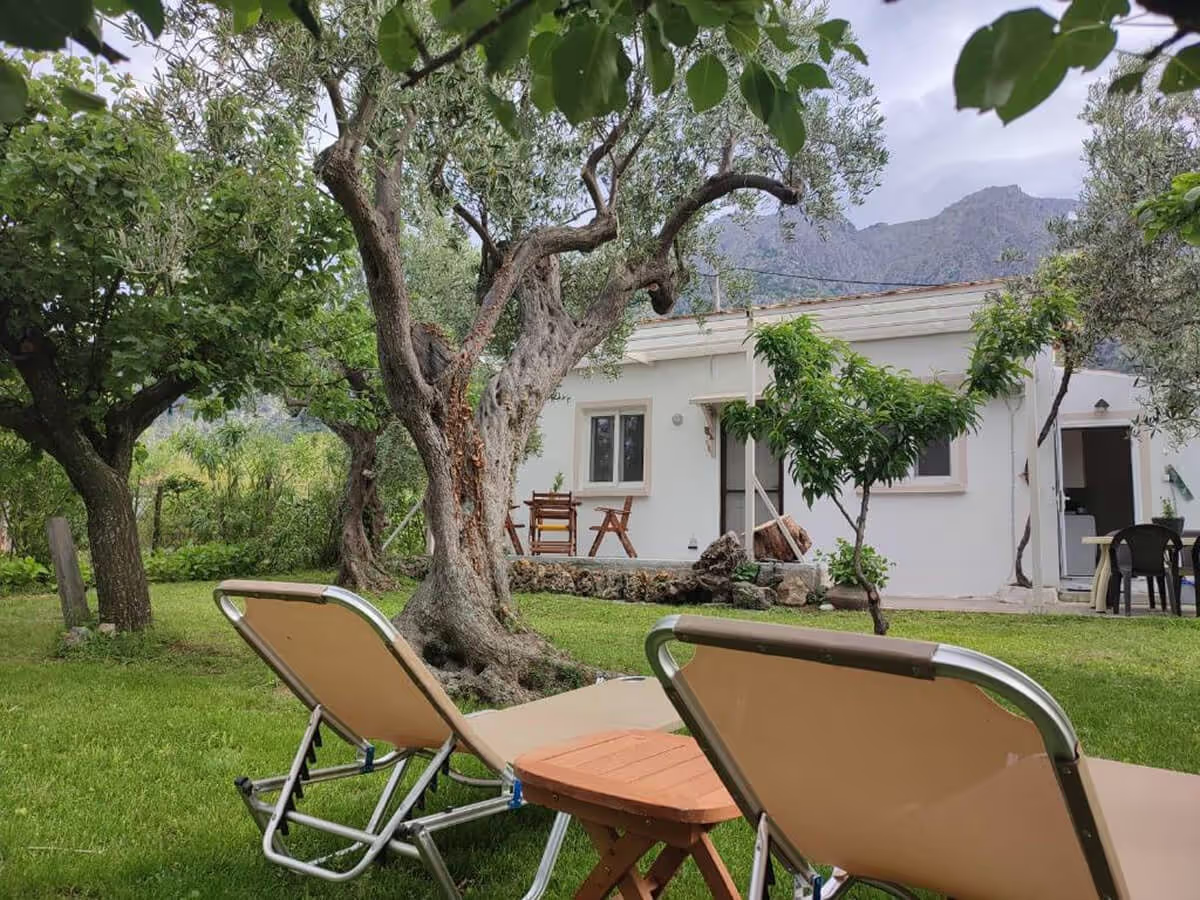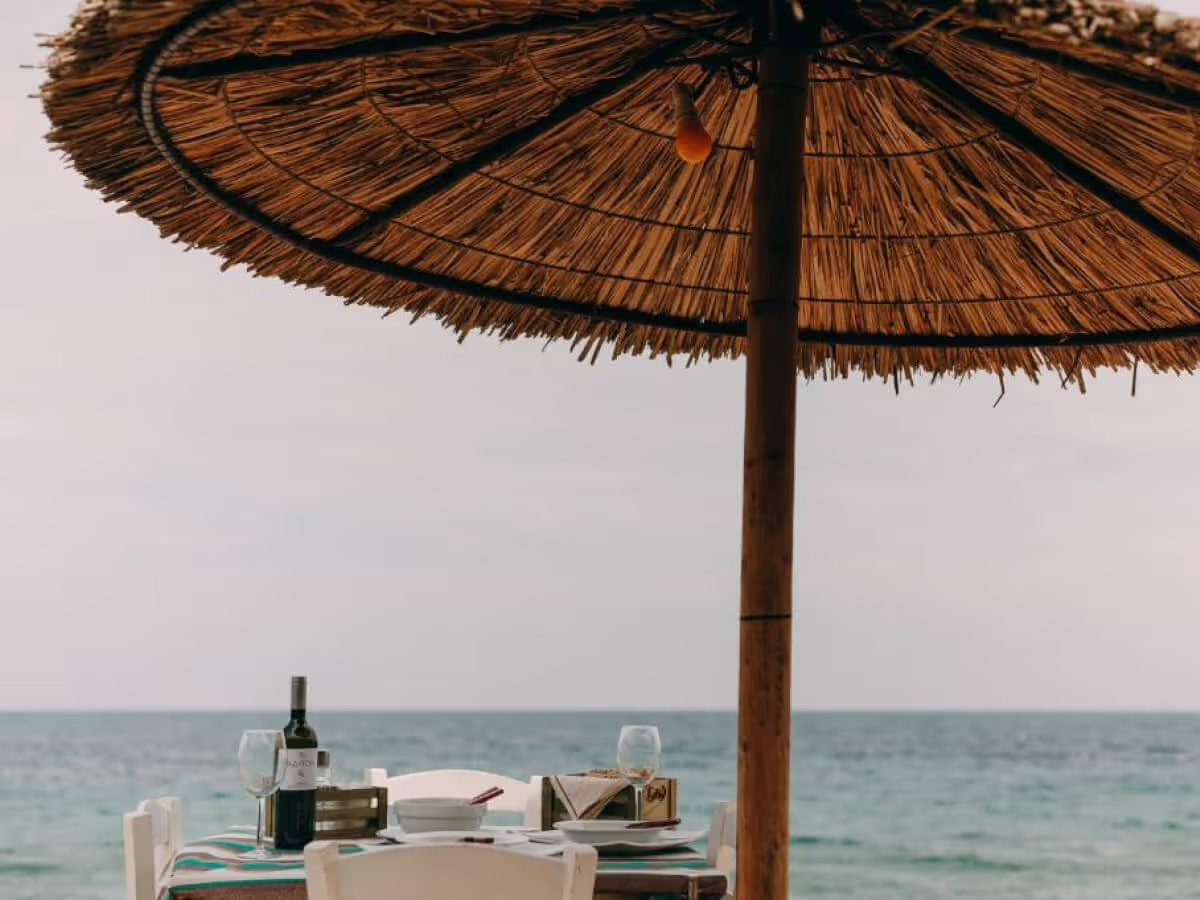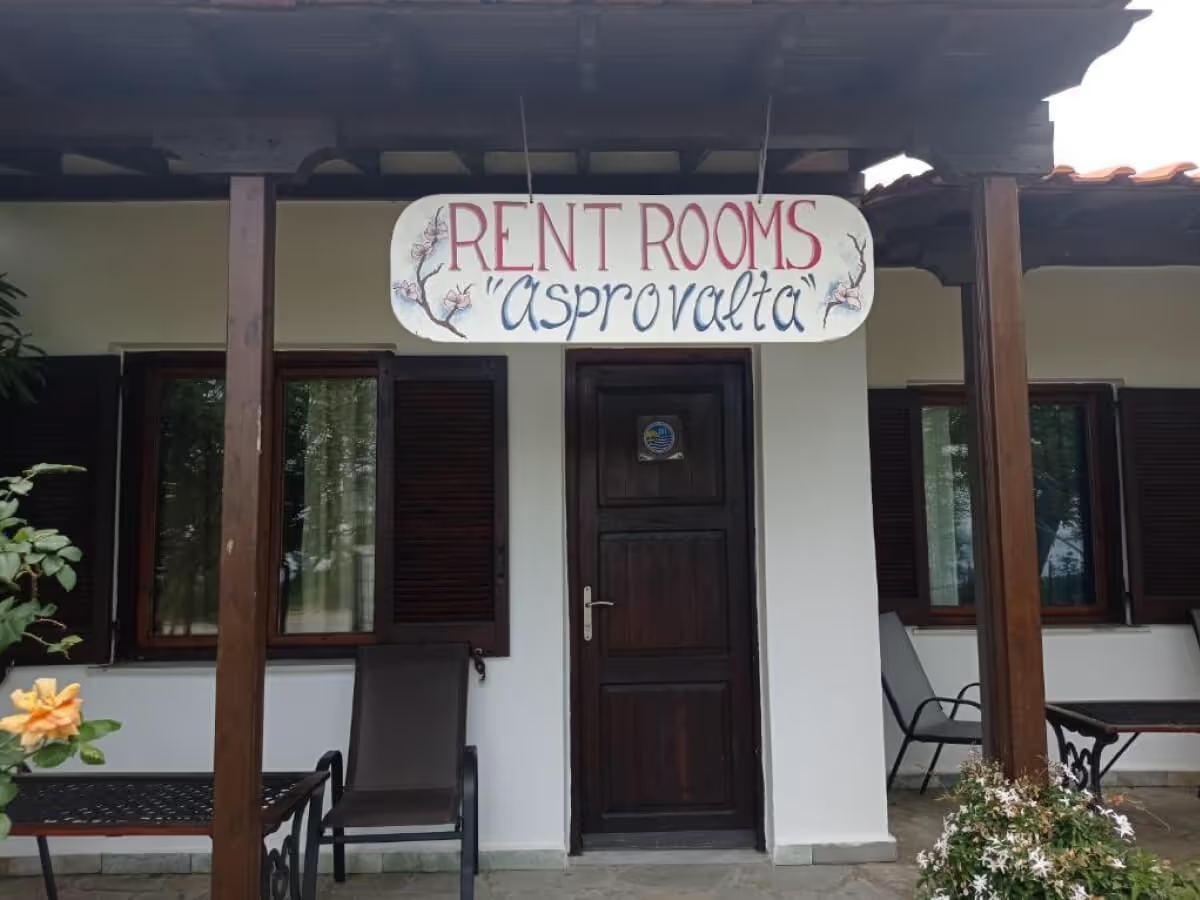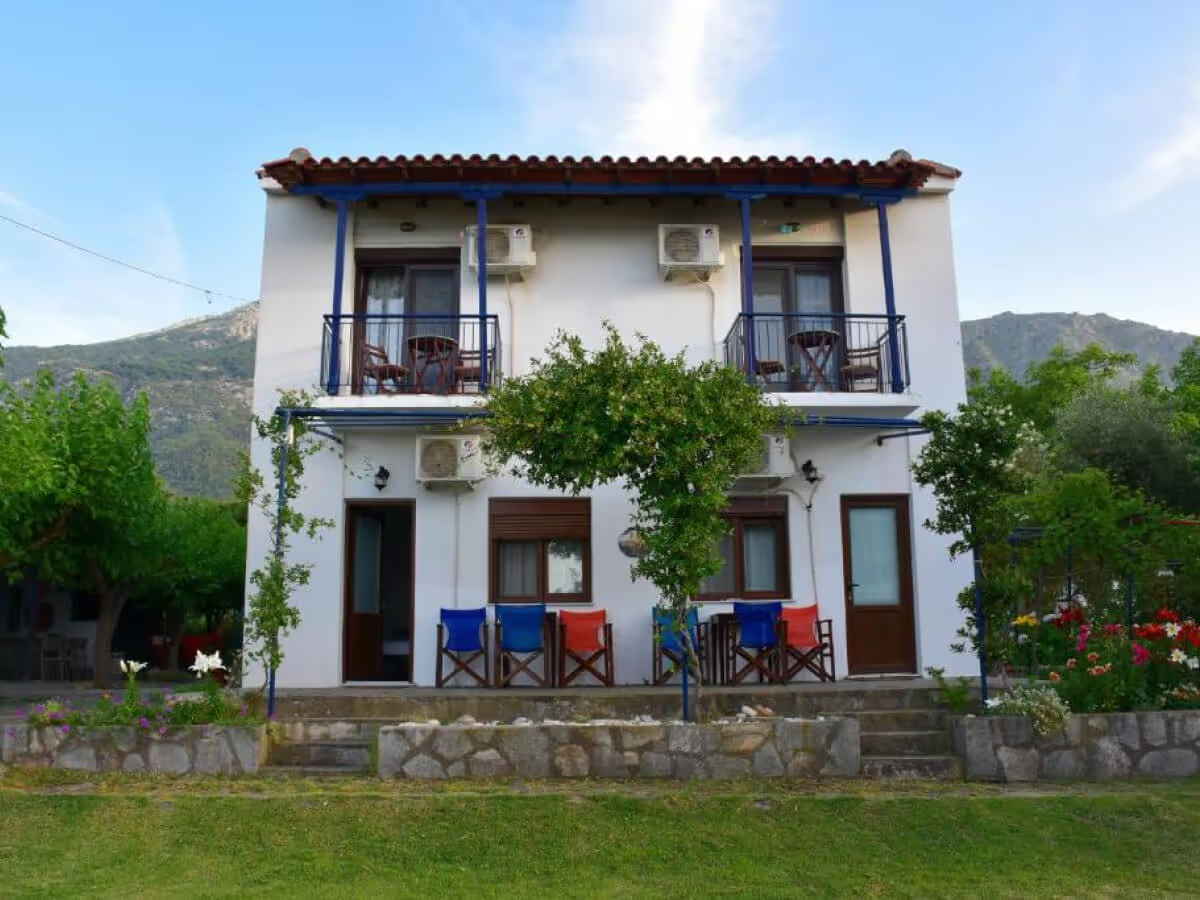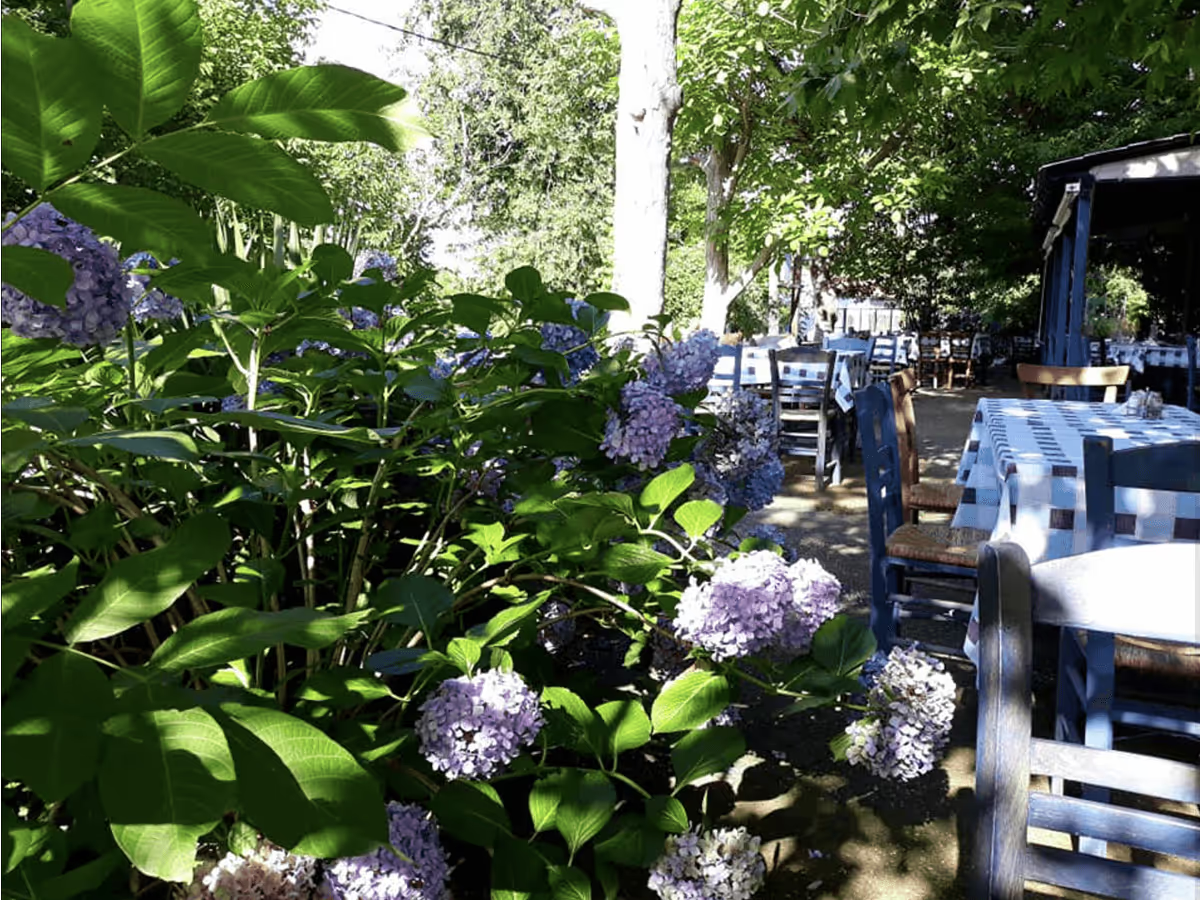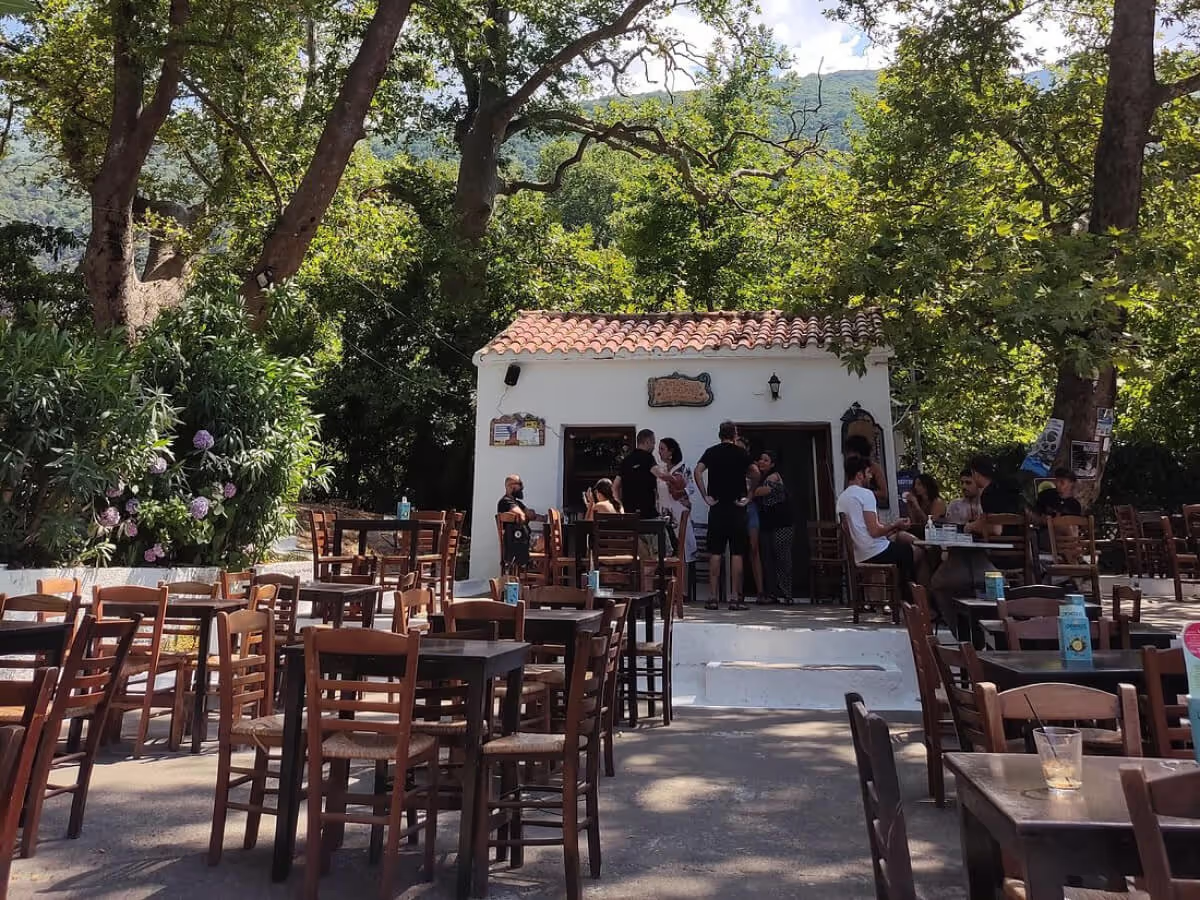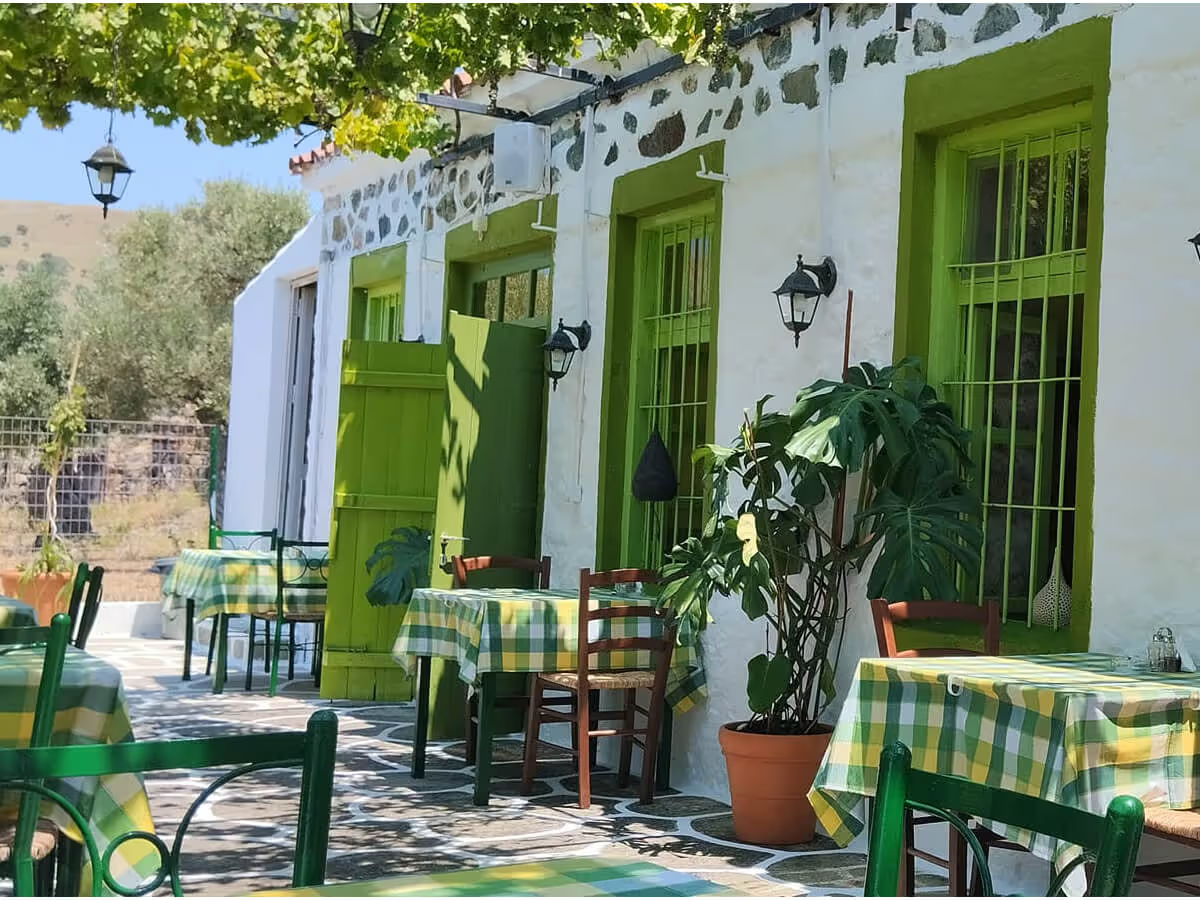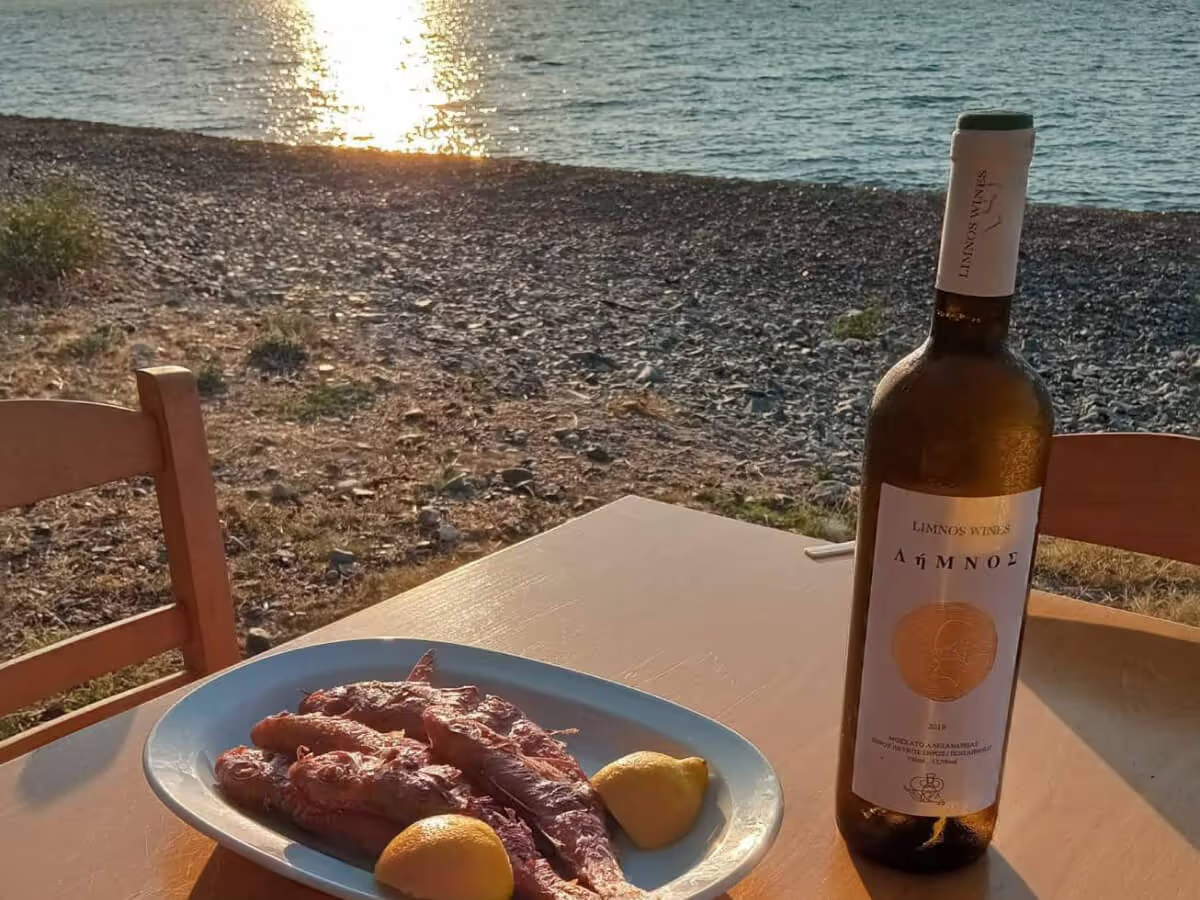Samothraki’s Fig Trees: A Sweet and Scenic Adventure
Samothraki, also known as Samothrace, is renowned for its mystical history and rugged mountains. But beyond its legendary past, the island hides a delicious secret—its abundant fig trees. For nature lovers and food enthusiasts, exploring Samothraki’s fig groves is a delightful journey through both landscape and tradition. Whether you’re picking sun-warmed fruit straight from the branch, wandering through lush fig-filled valleys, or tasting local fig-based delicacies, this guide will help you experience the island’s fig tree heritage to the fullest.
The Natural Beauty of Samothraki’s Fig Trees
Figs are not just another fruit on Samothraki; they are a defining feature of the island. Found from the coastline to mountain valleys, these resilient trees thrive where others struggle—nestled among rocky streambeds, beside waterfalls, and along ancient footpaths. Their twisted trunks and wide, leafy canopies create breathtaking green arches over village roads and hiking trails, making every walk an enchanting experience.
If you visit in late summer, the island greets you with the irresistible fragrance of ripe figs. Their rich, jammy flesh—bursting with tiny seeds—hangs like nature’s own sweet candy, perfectly ripened under the Mediterranean sun. Many of these trees have stood for centuries, adding to the island’s timeless atmosphere. Whether you're an avid photographer or simply seeking a peaceful retreat, Samothraki’s fig groves offer a serene escape amidst wild, untouched beauty.
Cultural & Historical Significance
Fig trees have deep roots in Greek mythology and tradition. Ancient Greeks saw them as symbols of prosperity and fertility. Solon, a famed lawmaker, once restricted the export of the finest Attican figs, underscoring their value. In mythology, the god Dionysus was said to have transformed a nymph named Syka into a fig tree, further linking the fruit to divine legend. Another tale speaks of Sykeus, a giant saved by Mother Earth by being turned into a fig tree, reinforcing the idea of figs as sacred gifts of nature.
On Samothraki, figs blend seamlessly into folklore and daily life. Islanders once passed down knowledge of the best wild fig spots, often speaking of ancient “grandmother” fig trees that had stood watch over family fields for generations. Local dialect even has unique names for certain fruits—tiny wild figs (or possibly wild plums) are called “Prousto” and are transformed into a special spoon sweet found only on the island. This thick, syrupy fig preserve, served by the spoonful, is a taste of Samothraki’s deep-rooted love for this fruit.
Best Places to Experience Samothraki’s Fig Trees
Wherever you go on Samothraki, you’re bound to come across fig trees. But if you’re looking for the most picturesque settings, here are some must-visit locations:
- Livadi and Ano Meria: These northern groves are ideal for a leisurely walk among ancient figs, with grazing goats napping beneath their branches and the sea shimmering in the background.
- Kariotes Stream Valley: This lush area blends fig and plane trees, creating a cool, green oasis alongside flowing water and hidden waterfalls—perfect for a mid-hike fig snack.
- Eastern Coast (Lakoma to Pachia Ammos): The semi-dry hills of the eastern coastline are dotted with fig trees, some framing scenic sandy paths that lead to secluded coves.
- Mountain Slopes of Profitis Ilias: Gnarled fig trees grow among the terraced hillsides, offering sweeping views of the Aegean Sea below.
- Chora and Village Courtyards: Even in the heart of the island’s main town, you’ll find fig trees sprouting in hidden courtyards and alongside traditional whitewashed homes.
A Taste of Samothraki: Figs in Local Cuisine
Seeing Samothraki’s fig trees is one thing—tasting their fruit is another delight entirely. Figs are an integral part of the island’s culinary traditions, appearing in both ancient recipes and modern dishes.
One of the most beloved specialties is fig spoon sweet—tiny wild figs slow-cooked in sugar syrup until they become glossy, honey-like preserves. Often served with strong Greek coffee, this treat is a staple in Samothraki’s homes. Dried figs are also commonly used in rustic breads and desserts, while fresh figs add a sweet contrast to traditional Greek dishes. Some local tavernas even offer creative fig-infused dishes, such as saganaki (fried cheese) drizzled with fig jam or seasonal salads with figs, wild greens, and nuts.
For food lovers, a visit to the island isn’t complete without stopping by Chora’s small markets or Kamariotissa’s morning produce stalls, where you can buy fresh figs, fig preserves, and even fig-infused honey made by local families.
Travel Tips for Fig Lovers
- Best Time to Visit: Late summer through early autumn (August–September) is prime fig season, when the trees are full of ripe fruit. Spring (April–June) offers a greener landscape, though without the fruit.
- Where to Buy & Taste: Chora’s village shops, Kamariotissa’s morning market, and local women’s cooperatives sell fresh figs and homemade preserves.
- What to Bring: If you’re planning to explore the fig groves, wear comfortable walking shoes and carry a small bag—you may find a friendly local who lets you gather some figs for the road!
Conclusion
Samothraki’s fig trees offer more than just a treat for the taste buds—they provide a true connection to the island’s landscape, history, and culture. Whether you’re strolling through shady fig groves, indulging in traditional fig preserves, or simply enjoying the sight of these timeless trees against the island’s dramatic scenery, figs add a special sweetness to any visit. So, if you’re planning a trip to this Greek paradise, make sure to take time to appreciate its figs—taste them, explore them, and let them become part of your own Samothraki story.













































































.svg)




